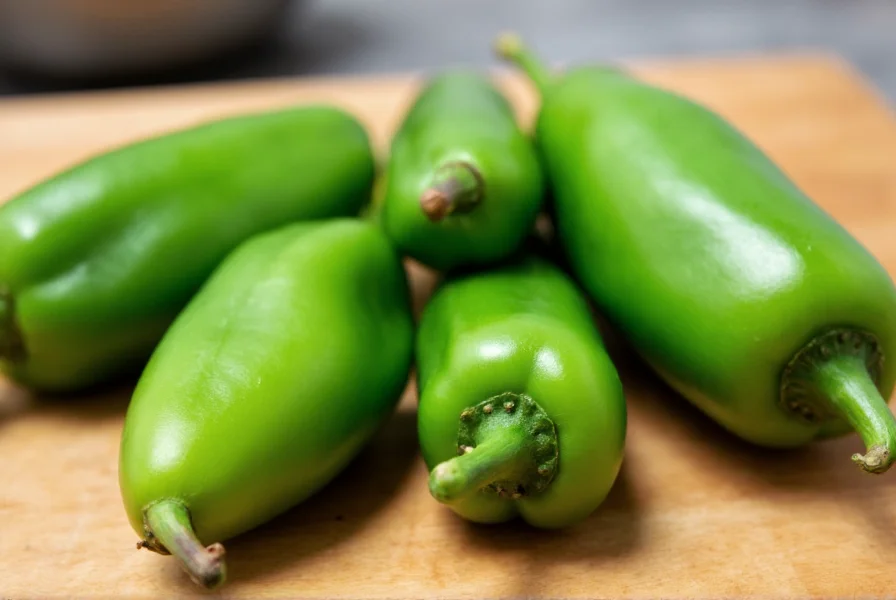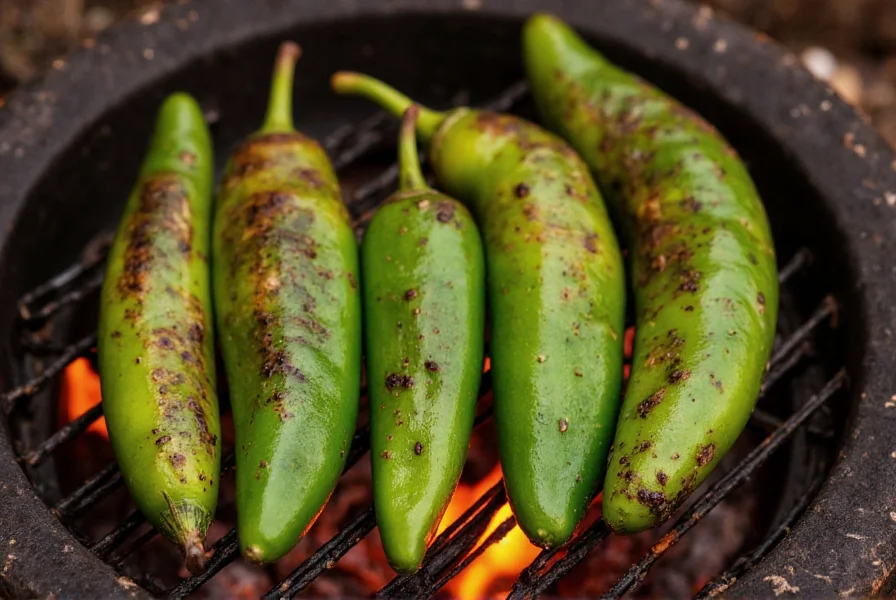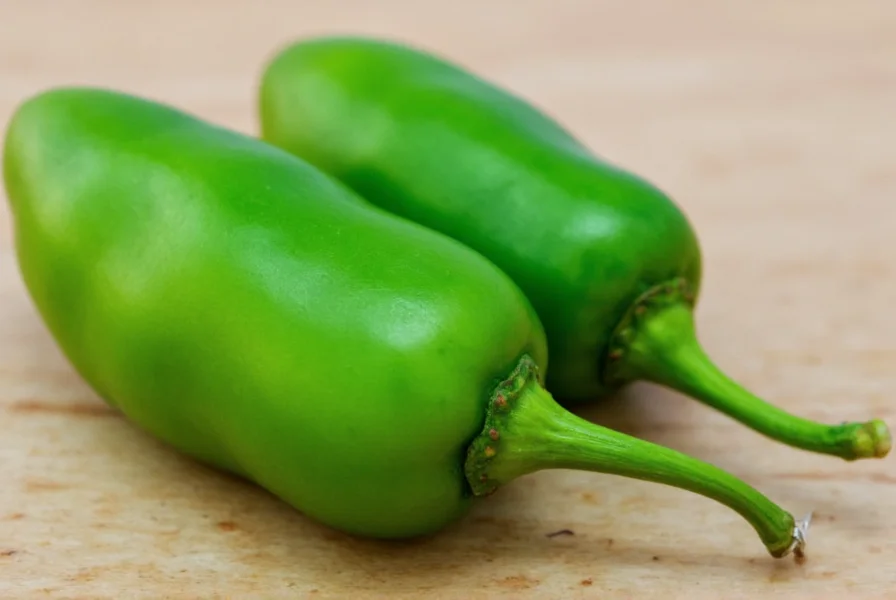Jalapeño peppers ( Capsicum annuum) represent one of the most popular chili varieties worldwide, prized for their balanced heat and distinctive flavor profile. Native to Veracruz, Mexico—where they’ve been cultivated for over 5,000 years—these peppers earned their name from Jalapa (Xalapa), the state capital. Understanding their characteristics helps both home cooks and gardening enthusiasts maximize their culinary and horticultural potential.
Physical Characteristics and Varieties
Typical jalapeños measure 2–4 inches long and 1 inch in diameter with smooth, firm skin. While most commonly encountered in vibrant green form, they mature to deep red, orange, or purple hues depending on the cultivar. Key varieties include:
| Variety | Color | Heat Level (SHU) | Distinctive Feature |
|---|---|---|---|
| Traditional Jalapeño | Green to Red | 2,500–8,000 | Standard commercial variety |
| Mucho Nacho | Bright Green | 4,000–5,000 | Larger size, thicker walls |
| Early Jalapeño | Dark Green | 3,000–5,500 | Earlier harvest than standard |
| Black Jalapeño | Purple-Black | 5,000–10,000 | Unique color, smoky flavor |

Heat Measurement and Capsaicin Content
The Scoville scale quantifies chili heat through capsaicin concentration. Jalapeños occupy the medium-heat category (2,500–8,000 SHU), significantly milder than habaneros (100,000–350,000 SHU) but hotter than poblanos (1,000–2,000 SHU). Several factors influence jalapeño heat levels:
- Stress conditions: Plants produce more capsaicin when water-stressed
- Maturity: Red jalapeños generally contain more capsaicin than green
- Seed proximity: The placenta (white ribs) holds most capsaicin, not the seeds
- Cultivar selection: Some varieties like TAM Mild register below 1,000 SHU
When handling jalapeños, wear gloves to prevent capsaicin transfer to sensitive areas. Remove the ribs and seeds for reduced heat in recipes—this simple technique answers the common query about how to make jalapeños less spicy while preserving flavor.
Nutritional Profile and Health Benefits
A single 14-gram jalapeño provides:
- 9 calories
- 11% of daily vitamin C
- 2% of daily vitamin A
- Trace amounts of B vitamins and potassium
Research published in Nutrients (2022) confirms capsaicin’s anti-inflammatory properties may support cardiovascular health and metabolism. The compound triggers endorphin release, creating the “chili high” sensation many enthusiasts seek. However, those with gastrointestinal sensitivities should moderate intake—addressing the frequent concern about jalapeño pepper stomach irritation.
Culinary Applications and Preservation
Chefs value jalapeños for their flavor versatility across preparation methods:
- Raw: Essential in pico de gallo and fresh guacamole
- Roasted: Develops sweet, smoky notes for sauces and stuffings
- Pickled: Creates tangy chipotles en escabeche
- Smoked: Transforms into chipotle peppers (meco variety)
For long-term storage, freeze whole peppers for 6 months or pickle them for 1-year shelf stability. Drying jalapeños creates “chiltepin” style peppers suitable for grinding into flakes. When gardeners ask how to store jalapeño peppers long term, proper freezing technique (blanching first) preserves texture better than direct freezing.

Growing Jalapeños Successfully
Home gardeners can cultivate jalapeños with these evidence-based practices:
- Start seeds indoors 8–10 weeks before last frost
- Transplant when soil reaches 65°F (18°C) minimum
- Provide 6–8 hours of direct sunlight daily
- Water consistently (1–2 inches weekly) without saturation
- Harvest at 70–80 days when peppers reach full size
Addressing the common question about growing jalapeño peppers in containers, select pots minimum 12 inches deep with drainage holes. Container-grown plants require more frequent watering but adapt well to patios and balconies. Pinch early flowers to encourage bushier growth—a technique professional growers use to maximize yield.
Substitutes and Pairing Suggestions
When jalapeños are unavailable, consider these alternatives based on required heat level:
- Mild substitute: Poblano peppers (1,000–2,000 SHU)
- Similar heat: Serrano peppers (10,000–23,000 SHU)
- Milder option: Anaheim peppers (500–2,500 SHU)
- Smoky alternative: Chipotle powder (2,500–8,000 SHU)
Complementary flavor pairings include lime, cilantro, corn, black beans, and creamy elements like avocado or sour cream—which also help neutralize capsaicin burn. Understanding these combinations addresses the frequent query about what to cook with jalapeño peppers.











 浙公网安备
33010002000092号
浙公网安备
33010002000092号 浙B2-20120091-4
浙B2-20120091-4